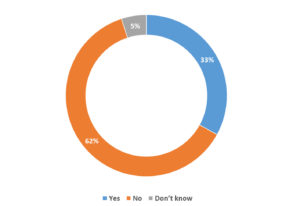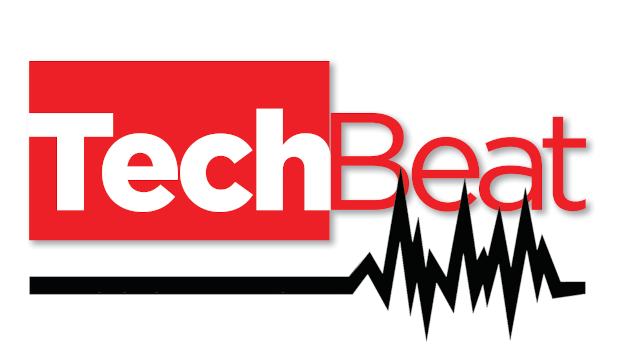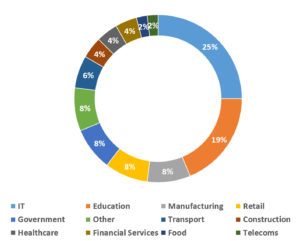The Internet of Things (IoT) and its potential usages are still being fully understood by organisations globally. While sectors such as manufacturing, retail, logistics and automotive have firmly grasped the technologies, others have been a little slower, despite the widespread appeal.
TechBeat, in association with Equinix, sought to understand more about how widespread is the usage of such technologies in Ireland, and also the perceived value and intent. What emerges is perhaps a little surprising, though also encouraging.
Firstly, the survey asked about IoT usage in general.

Do you currently deploy IoT technologies, such as M2M technology or internet connected sensors, in your organisation?
With 145 IT professional respondents, a full third said they are already using technologies such as machine to machine (M2M) communications and connected sensors in their organisations. Almost two thirds said they were not (62%) with just 5% saying they did not know if such technologies were in use.
It is perhaps a little surprising to see such a strong cohort of users in what is still a relatively new field. Breaking down by sector revealed further surprises. By far the highest sector for usage was the IT sector, with 25%, followed by 19% in education. Retail and manufacturing both came in at 8%, as did government/public sector and those who selected “other”. Transport was 6%, while construction, healthcare and financial services were all on 4%. Food and telecoms rounded out on 2% apiece.
“The Internet of Things is going to be extremely disruptive not just to the technology industry, but to the entire world economy,” Maurice Mortell, managing director Ireland and emerging markets, Equinix. “Some analysts believe that the global economic value of IoT technologies will surpass the economy of Germany in just 10 years’ time. It’s staggering.”
“Increasingly, we are seeing how IoT is becoming an asset for businesses looking to scale and remain competitive in today’s digital economy. Through IoT, enterprises can gather and analyse data, providing them with valuable information about their customers that even five years ago was completely inaccessible to them.”
The next question reveals something of the nature of IoT adoption, not just for Irish organisations, but globally. When asked how much IoT data is currently being analysed, more than a quarter (26%) said none. Just 6% said that 81-100% is analysed. Nearly a third (31%) said up to 20% of IoT data is analysed, with 17% saying 21-40% is analysed.
This would suggest that many of the third of Irish organisations who are using IoT technologies have done so in piecemeal fashion, perhaps acquiring capabilities and functionality in an ad hoc manner, as opposed to being part of a strategy, and as such are not leveraging the full capabilities. This means that not all of the potential data is being used yet. When asked about the likely analysis of such data in five years, the metrics change, with just 3% saying none, and more than a third (37%) saying 20-40% will be analysed, though just 11% expected to analyse 81-100% of IoT data. However, the don’t knows rise from 13% now to 23% for the five-year time frame.
What this suggests is that there is an expectation for increasing usage and reliance, though many are unsure of what the new usages might be. What is clear though, is that Irish organisations expect to use IoT and analyse the resultant data increasingly, in the near future.
Interestingly, when asked if they knew where their IoT data was stored, nearly two thirds (62%) answered affirmatively, but more than a fifth (21%) didn’t with 18% being answering affirmative, but unsure.
However, when it comes to the value of IoT, there was less ambiguity. While just 4% said it was essential, nearly half (48%) said it was either useful or very important. Some 16% said it was not very useful, with 18% saying it was of no value, and a further 14% saying they did not know.










Subscribers 0
Fans 0
Followers 0
Followers